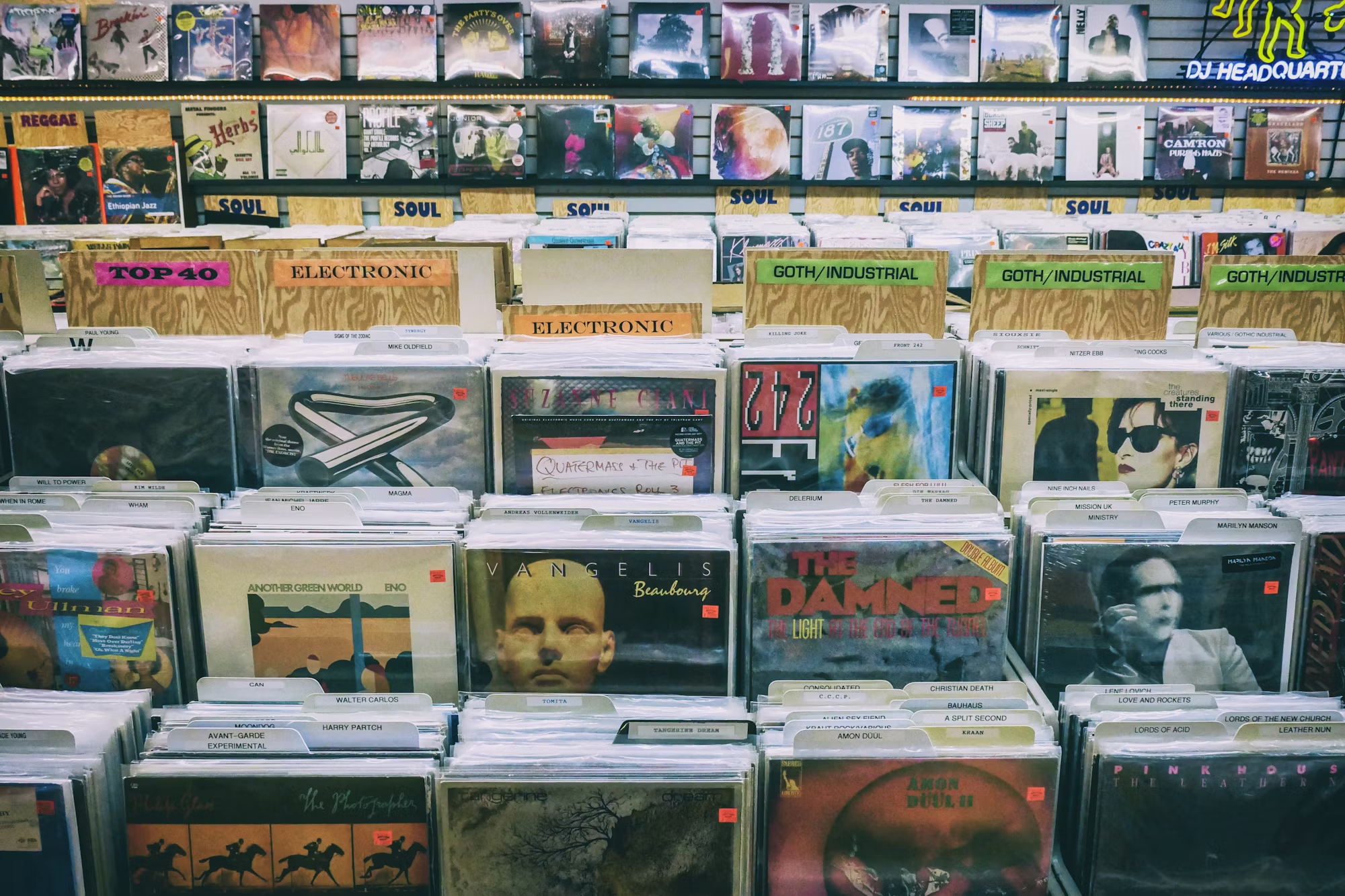Jazz music, often regarded as one of America’s greatest cultural exports, embodies a unique blend of history, emotion, and innovation. Emerging in the early 20th century from African American communities in New Orleans, jazz has evolved through various styles and has left an indelible mark on the music world. This article explores the origins of jazz, its evolution over the decades, the prominent artists who have shaped its sound, and its enduring influence on contemporary music and culture.
The roots of jazz can be traced back to a rich tapestry of musical traditions, including blues, ragtime, and folk music. The African heritage of rhythmic patterns and improvisation, combined with European musical influences, created a fertile ground for a new genre to emerge. Early jazz was characterized by its energetic rhythms, syncopation, and improvisational nature, which set it apart from other musical styles of the time. The vibrant atmosphere of New Orleans, with its bustling streets and diverse cultural influences, played a crucial role in the development of this art form.
In the 1920s, jazz experienced a significant transformation with the rise of the Jazz Age. The introduction of the phonograph and radio allowed jazz to reach a broader audience, turning it into a mainstream phenomenon. This period also saw the birth of swing music, characterized by its lively rhythms and catchy melodies. Big bands led by iconic figures like Duke Ellington and Count Basie became immensely popular, filling dance halls and captivating audiences with their dynamic performances.
As jazz continued to evolve, new styles emerged, each reflecting the changing social landscape. The bebop movement of the 1940s marked a shift towards a more complex and sophisticated sound, emphasizing intricate melodies and advanced harmonies. Artists like Charlie Parker and Dizzy Gillespie were at the forefront of this movement, pushing the boundaries of improvisation and composition. Bebop’s intricate nature appealed to musicians and listeners seeking a deeper understanding of the art form, setting the stage for future innovations.
The 1950s brought about another significant evolution in jazz with the advent of cool jazz and modal jazz. Cool jazz, championed by artists like Miles Davis and Chet Baker, introduced a more laid-back, introspective approach, contrasting with the frenetic energy of bebop. This style emphasized smooth melodies and subtle nuances, attracting a new audience who appreciated its sophisticated sound. Modal jazz, exemplified by Davis’s groundbreaking album “Kind of Blue,” expanded the harmonic palette of jazz, allowing musicians to explore new improvisational possibilities.
As jazz continued to diversify, it also began to intersect with other genres, leading to the creation of fusion music in the late 1960s and 1970s. This innovative blend of jazz with rock, funk, and world music elements showcased the versatility of the genre. Artists like Herbie Hancock and Chick Corea embraced electronic instruments and complex rhythms, paving the way for a new generation of jazz musicians who would continue to push the envelope.
Jazz has also played a vital role in social movements, serving as a form of expression and resistance. The Civil Rights Movement of the 1960s saw jazz musicians use their art to convey messages of social justice and empowerment. Songs like “Strange Fruit” by Billie Holiday and John Coltrane’s “Alabama” became anthems that highlighted the struggles faced by African Americans. Through their music, these artists not only entertained but also sparked conversations about equality and human rights.
The influence of jazz extends far beyond its own genre, permeating various aspects of popular music. Many contemporary artists draw inspiration from jazz, incorporating its improvisational techniques and complex harmonies into their work. Genres such as hip-hop, R&B, and even electronic music have embraced jazz elements, showcasing its adaptability and relevance in today’s musical landscape. Artists like Robert Glasper and Kamasi Washington are prime examples of how jazz continues to evolve while paying homage to its rich heritage.
Jazz festivals around the world celebrate the genre’s enduring appeal, attracting musicians and fans alike. Events like the Montreux Jazz Festival and the Newport Jazz Festival serve as platforms for both established and emerging artists, fostering a sense of community and appreciation for jazz music. These gatherings not only highlight the talent of musicians but also create an opportunity for cultural exchange, showcasing the global reach of jazz.
Moreover, the educational aspect of jazz is vital for its preservation and growth. Music schools and programs dedicated to jazz studies play a crucial role in nurturing the next generation of musicians. Through mentorship and workshops, young artists learn the intricacies of jazz improvisation, composition, and performance, ensuring that the legacy of jazz continues to thrive.
In conclusion, jazz is more than just a musical genre; it is a cultural phenomenon that reflects the complexities of human experience. From its roots in New Orleans to its global influence today, jazz has continually evolved, adapting to changing times while maintaining its core values of creativity, expression, and community. The stories of iconic artists and the vibrant culture surrounding jazz illustrate its importance in the tapestry of music history. As we celebrate the legacy of jazz, we also look forward to the future, where new generations of musicians will continue to innovate and inspire through this timeless art form. Jazz remains a testament to the power of music as a means of connection, storytelling, and cultural expression.



